You know that a sandwich is a quick and easy meal, but what is the best bread to use? How do you decide, and what packs the best? Check out these tips for choosing the best breads for sandwiches.
Whether you’re Creating a Sandwich Bar on a Budget or packing Veggie Pesto Sandwich for a picnic, you’re guaranteed to have great results when you serve up the right bread.
Want to save this post?
Enter your email below and get it sent straight to your inbox. Plus, I’ll send you budget recipes and money-saving tips every week!
The sandwich is a fast friend of the busy mom, hungry bachelor, and pretty much anyone who needs a quick and easy meal that travels well. Sandwiches have filled the lunch pails and tummies of many a hungry school kid but they’ve also been the food of earls.
Knowing what breads are best for sandwiches will not only elevate the mundane, but will also have your people eager to brown bag it, knowing they’ve got a tasty sammy just waiting for them.
When you know how to make a take-out favorite just as good yourself, homemade meals become the new favorite.
Why It’s Important
No one wants to eat soggy sandwiches. No one. That’s why the bread you choose is particularly important.
The right breads for sandwiches will
- be tender to bite into and easy to chew
- not fall apart when you pick them up
- travel well without getting mushy or soggy.
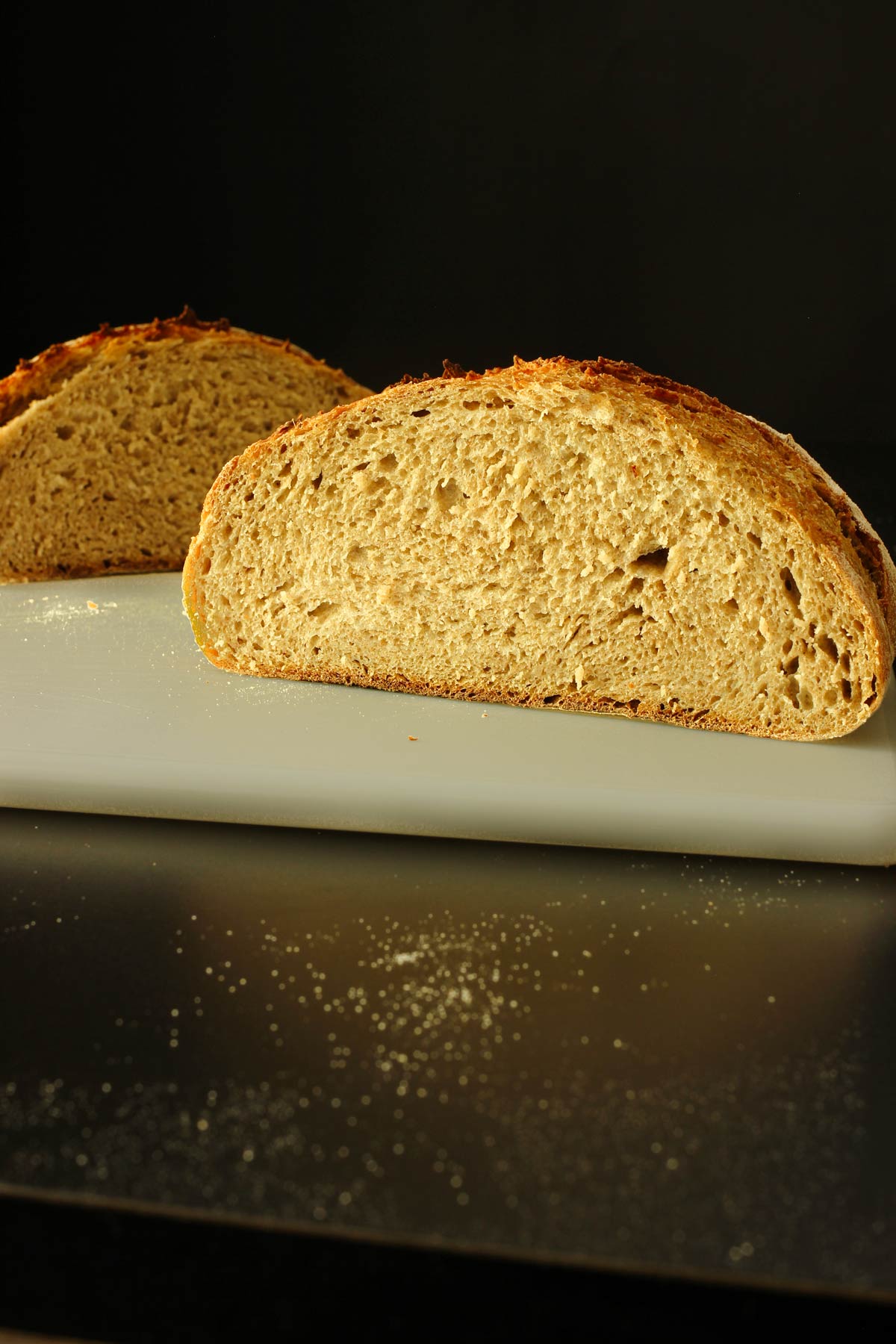
Varieties
Breads for sandwiches fall into just a few categories:
Sliced Sandwich Bread
This includes a wide variety of options including as white, wheat, sourdough, or sourdough rye. This is typically sold sliced in bags at the grocery store, but you can certainly bake your own.
Pros: Sandwich bread is generally affordable and provides for many servings from one loaf.
Cons: Depending on the fillings you use, sandwich bread can easily get soggy.
Sandwich Rolls
Rolls can include torpedo, kaiser, croissant, bagels, and Hawaiian rolls. In a pinch, hamburger and hot dog buns can be used. Depending on the filling, an English muffin or biscuit would also serve well as a sandwich roll.
Pros: Rolls provide for easy portion control. They are hearty and hold up well when packed since the entire exterior of the sandwich is crust.
Cons: Can’t be stretched for a crowd as easily as a loaf of bread.
Flatbreads
Flatbreads include wraps such as tortillas, pita bread, naan, as well as other breads like focaccia which are technically flatbread but which are thick enough to cut into squares and split through the middle horizontally to use in sandwiches.
Pros: Typically sold many to a package or make many per recipe. Offer variety to your sandwich game.
Cons: Can get soggy if your filling is very wet.
Baguette
The French baguette falls into its own category of sandwich bread. You don’t really slice it like a typical loaf, but neither is an entire baguette appropriate for a single serving.
Instead baguette is typically cut into six- to twelve-inch lengths, split lengthwise, and filled like a sandwich roll. A baguette sandwich is amazing with turkey, avocado, and chipotle mayo!
Pros: Very hearty and can hold up to all kinds of fillings.
Cons: Very hearty and can tear up the roof of your mouth if the crust is very crisp.
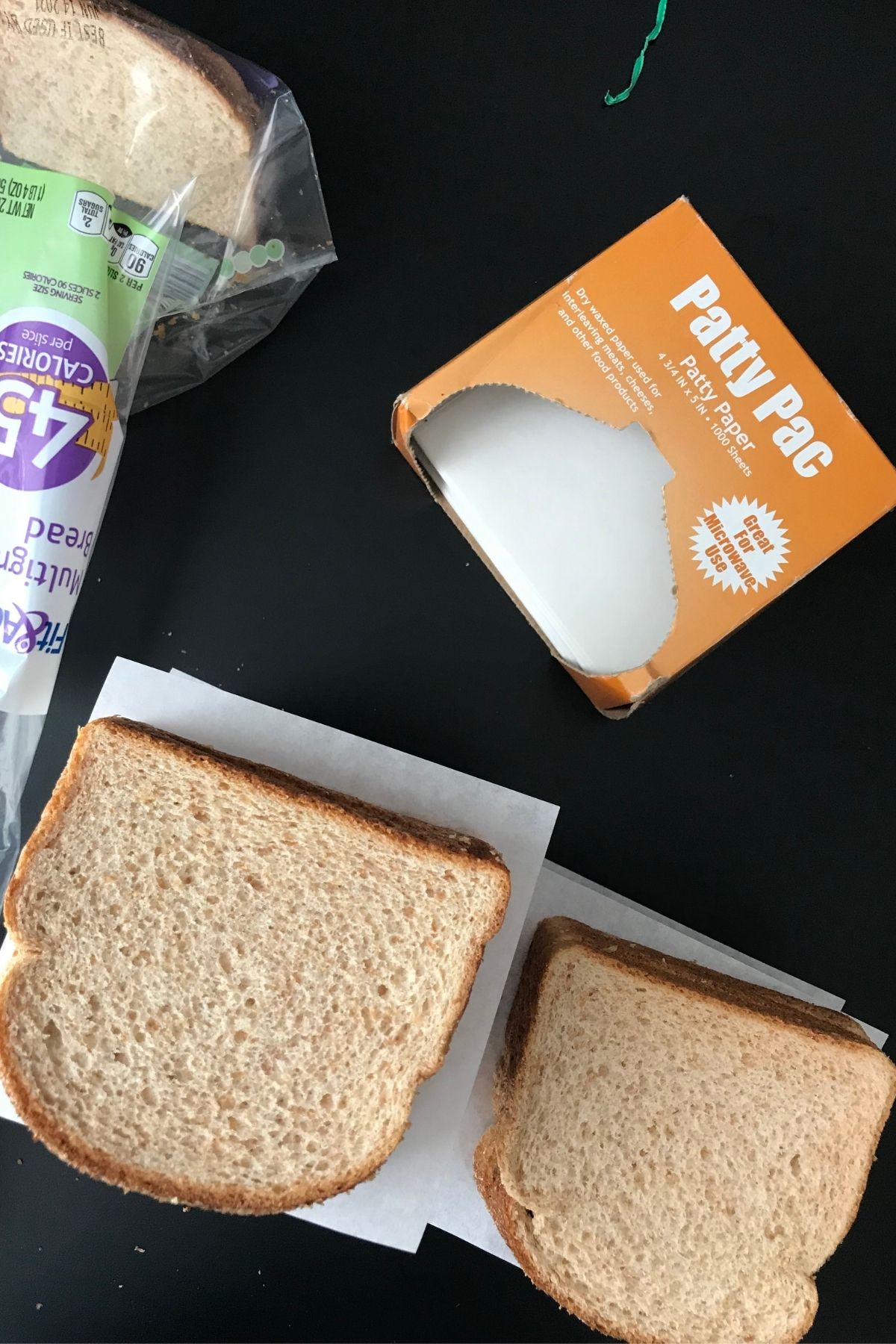
FAQs
Freezing bread is a great way to extend its shelf life and allow you to stock up, whether baking your own or shopping sales. Make sure the bread has been completely cooled (if home baked), and wrapped well.
If you’d like to use just a few slices at a time, separate the slices with deli wrap before placing in a freezer-safe bag. That way, you can easily remove a few slices at a time instead of having to thaw the whole loaf.
You can even assemble freezer sandwiches, making it even more convenient to get packing.
Having the right tool will help you slice homemade bread for sandwiches. A bread knife, an electric knife, or a food slicer can all be used with good results.
Packing Tips
Whichever bread you choose for your sandwich, consider these tips:
- Keep things as dry as possible. If the filling will be very wet, consider assembling right before serving. Use divided meal prep boxes to keep the bread side dry.
- Consider toasting the bread or roll to add a little more protection against sogginess.
- Layer fillings so that the wettest items (hi tomatoes!) are in the center, while the drier items, such as cheese or lettuce, are next to the bread.
- Add spreads and sauces right before serving.
- Pack sandwiches in boxes if they will be near items that could crush them.
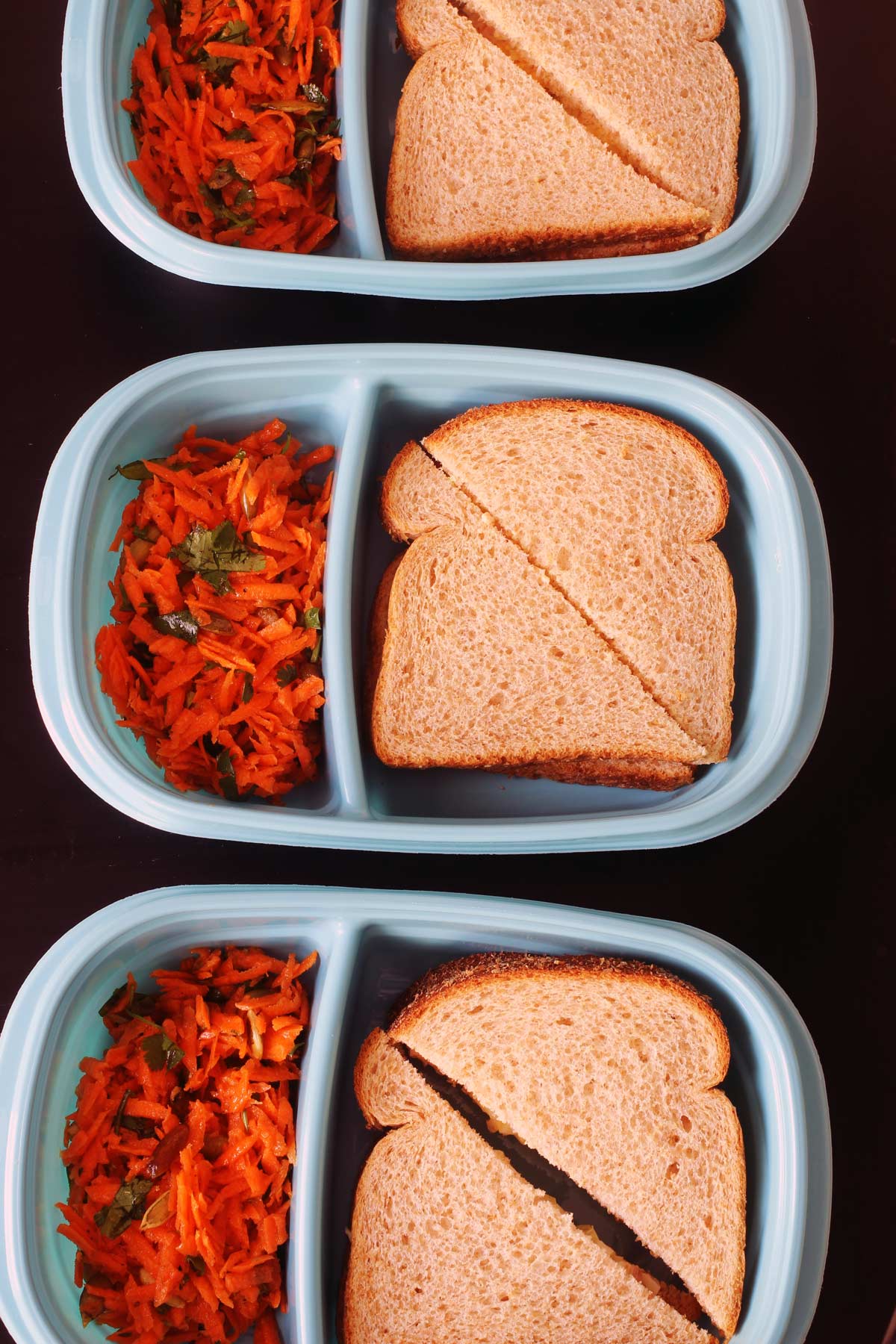
Recipes
Baking your own breads for sandwiches can be a great way to stay out of the store, shop your kitchen, and save money. Check out these tasty recipes that are easy on the budget:


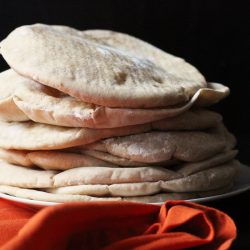


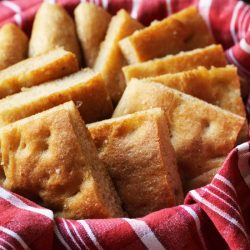
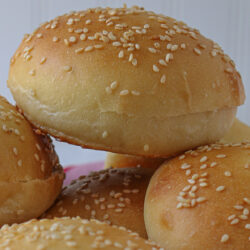

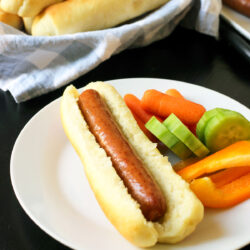


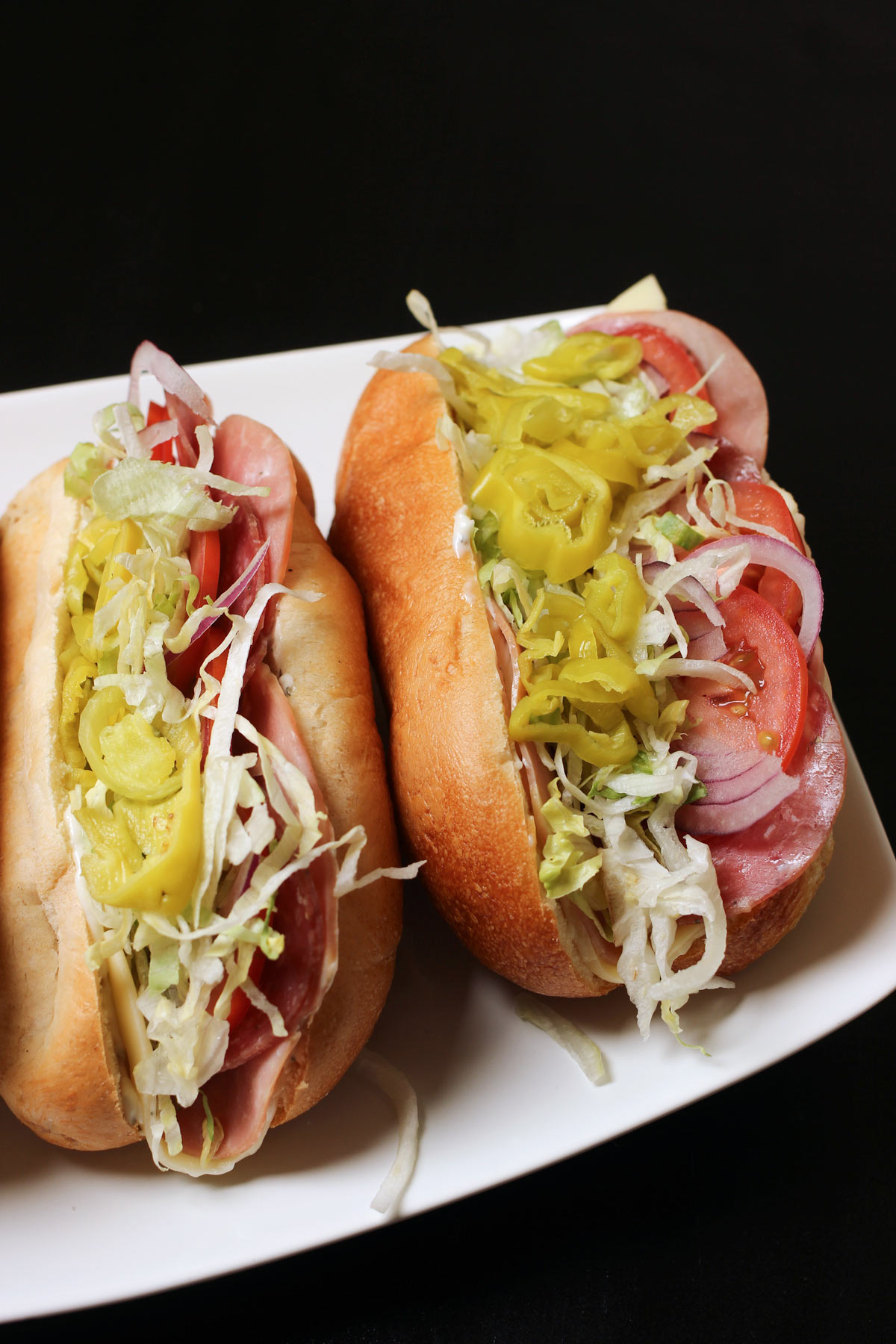

Molly
This is good timing. I just ate a basic, but delicious, sandwich, and was so satisfied. I used a hawaiian roll; do you have a copycat recipe for those?
Jessica Fisher
I don’t per se, but if you made these rolls without the spices and cranberries, it would be pretty close.